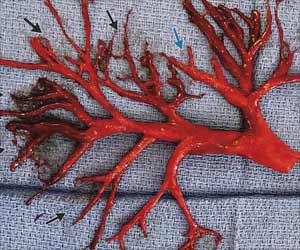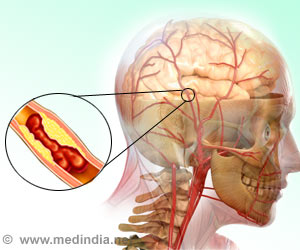
‘The clot in the heart was of the size of a table tennis ball and if it had moved towards the pulmonary artery it would have blocked the outflow of the heart like a ball valve suddenly and completely and she would have died in less than a minute, said the doctor.’
Tweet it Now
Considering her critical condition and very poor chances of survival, surgeons turned her down for surgery as there was a very high risk for open heart surgery. When Gumbo was admitted at the Indraprastha Apollo Hospital here, she had severe breathlessness and was in cardiogenic shock and had very low oxygen concentration in the blood.
"Post investigation we found that she had large blood clots in both legs, a big clot in the right ventricle and both lungs. Considering the criticality of her situation, surgeons refused to operate on her as the mortality rate is high during surgery," N.N. Khanna, Senior Consultant (Interventional Cardiologist and Endovascular Specialist) at the hospital, said in a statement.
The clot in the heart was of the size of a table tennis ball and if it had moved towards the pulmonary artery it would have blocked the outflow of the heart like a ball valve suddenly and completely and she would have died in less than a minute, the doctor said.
Khanna said her "femoral vein was first punctured for preventing the movement of clots from legs to heart and lungs".
Advertisement
"The procedure continued for 96 hours with continuous monitoring of the status of lysis of the clots by imaging and measuring serum fibrinogen levels of the blood to avoid the risk of major bleeding. Eventually, the clots in the heart and lungs got dissolved."
Advertisement
"Gumbo is doing fine now and requires no further treatment except for oral medicines," Khanna said.
Source-IANS










